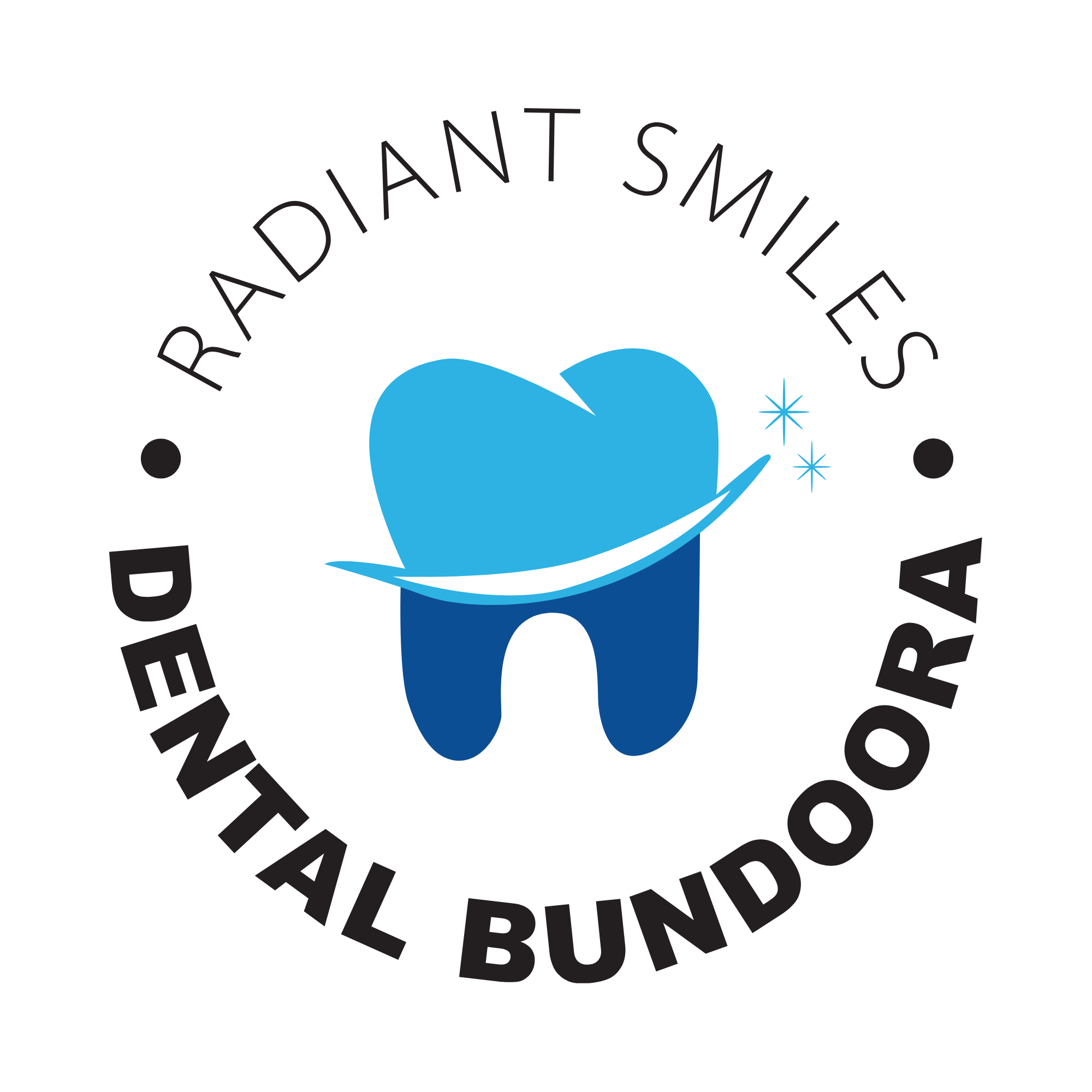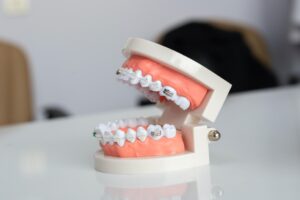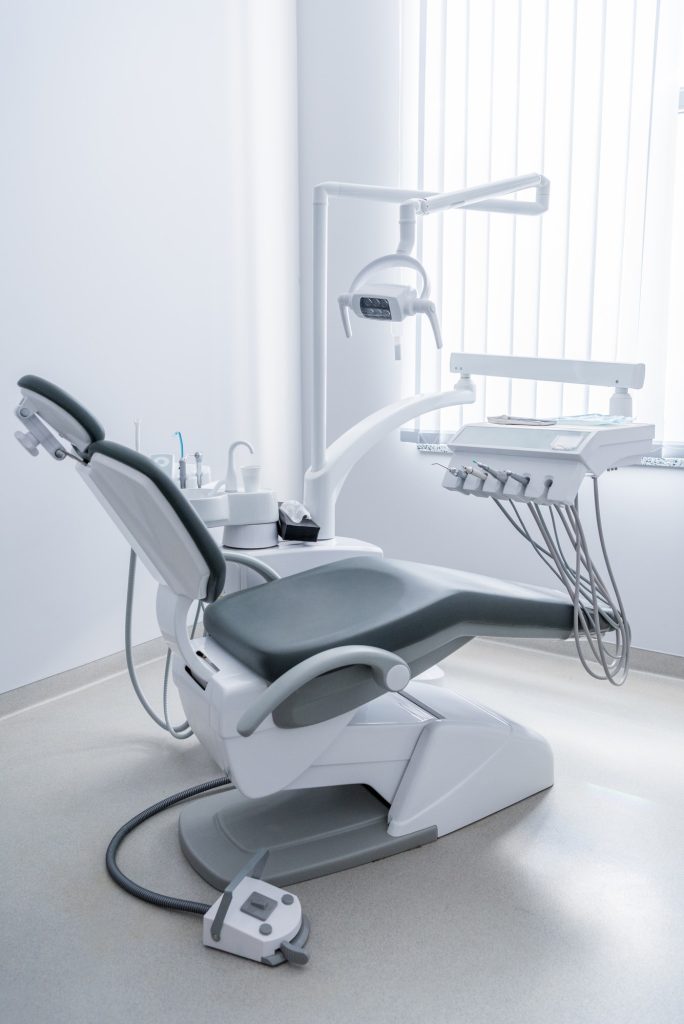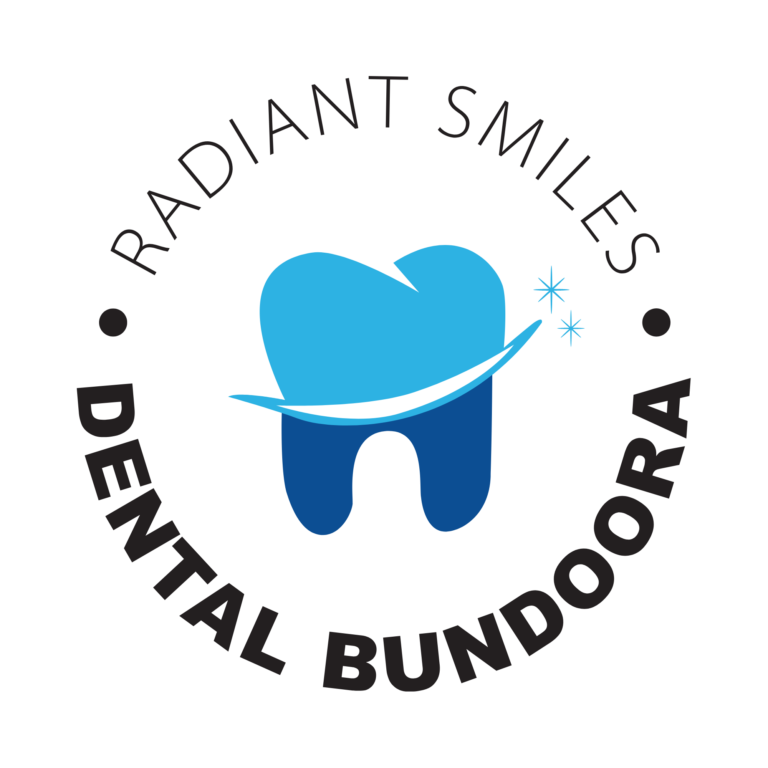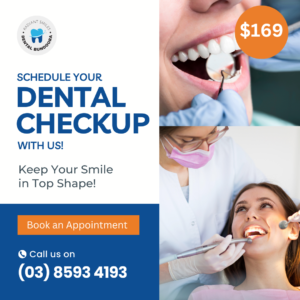A sudden and severe toothache could potentially be an indication of cracked tooth syndrome (CTS). This condition can have various causes, including consuming hard foods, teeth-grinding or even a sudden blow to the mouth. Frequently, these cracks are so small that they don’t appear on X-rays; however, it is also possible for them to exist beneath the gum line. Although this usually isn’t thought of as a dental emergency, if there’s intense pain involved, then seeking advice from an emergency dentist would be prudent.
What is cracked tooth syndrome?
Also known as cracked cusp or split tooth syndrome, this condition usually affects the molars (the lower back teeth) and can be tricky to diagnose. Initially, CTS may cause slight dental sensitivity; if left untreated, however, it could lead to severe pain and soreness.

Is a cracked tooth ever a dental emergency?
If you experience large tooth cracks or multiple tooth fractures in one of your teeth, particularly if accompanied by lingering pain that won’t subside with medication, it’s best to take precautionary action and contact an emergency dentist.
Don’t wait too long; the sooner you speak with them, the better off you’ll be!
What causes cracked tooth syndrome?
- Molars tend to be the most common area of cracked teeth as they are generally subjected to higher levels of stress due to their essential role in chewing.
- Teeth with extensive fillings or root canals are more vulnerable to cracking, making them susceptible to further damage.
- If you have suffered the misfortune of a slight crack in the tooth, there’s an increased probability that further tooth fractures may occur in the near future. Sometimes it can go deep, causing a vertical root fracture.
- Bruxism, or tooth grinding and jaw clenching, can be a major contributor to dental fractures due to the high levels of friction and biting pressure inflicted on your teeth.
- Misalignment of the anterior and posterior teeth, known as malocclusion, can lead to cracked tooth syndrome if the bite exerts too much force on one tooth. This is due to how our natural occlusion causes an uneven distribution of pressure across our dental structure.
Symptoms of a cracked tooth
When the first signs of CTS arise, many people experience mild to sharp pain when biting or chewing, and the duration of pain differs every time. You might only experience this pain when you bite a certain way or eat specific dishes. In contrast to an abscess or cavity, cracked teeth typically do not cause constant agony; though they could become sensitive – particularly with cold temperatures – so take extra care!
If left untreated, a broken tooth can have serious implications. The crack extends and expands in size and could even cause the entire teeth to break apart. Not only that, but an infection is more likely due to the vulnerable nature of cracked teeth; this may lead to a gum pimple named fistula, which needs both antibiotics and draining. In these urgent cases, seeking help from an emergency dentist becomes vital as mouth infections must be addressed immediately.
Those who suffer from cracked tooth syndrome may endure months of unpredictable pain before it is correctly identified.
What is the treatment for cracked tooth syndrome?
The method of mending a cracked tooth depends on the size, depth and location. Potential treatments may consist of:
Dental crowns
When dealing with a fractured tooth, dental crowns are the perfect solution! Not only do they add extra strength to your teeth and protect them from future damage, but they also improve their aesthetic quality – just what you need if only the surfaces of your tooth have been impacted. Crowns can help give your smile that confidence boost it needs.
At Radiant Smiles Dental Group, we pride ourselves on the advanced CEREC technology that enables us to create custom crowns right in the office. This means no more waiting for your crown–it can be made while you wait! In contrast with traditional methods, which require two visits, one to prepare the tooth and another after receiving it back from an external lab, this modern approach ensures a quick and easy process.

Root canal treatment
If a crack penetrates the inner area of your tooth (the pulp) that contains blood vessels and nerves, you may need to endure a root canal. It is estimated that approximately one-fifth of cracked tooth syndrome cases will require this restorative procedure.
The treatment process requires extracting the decayed pulp from the inside of the tooth and its roots. Depending on how many canals are present, this may take several hours to complete. Once finished, bacteria are eliminated by temporarily sealing off the area before eventually filling it permanently in a week or two.
Tooth extraction
When a crack affects the root of your tooth and extends to below the gum line, unfortunately, it is no longer salvageable. To protect you from infection or further pain, it must be extracted immediately.
Prevention of cracked teeth
If you’ve had root canals or large fillings, it’s best to be aware that they are more at risk of cracking than teeth without prior treatment. We recommend discussing the advantages of wearing a night guard if you suffer from bruxism – not only will this secure your teeth, but it also lessens any tooth and jaw pain caused by grinding them together. A mouthguard is also useful when playing sports.
We offer custom-made mouthguards that fit each individual’s unique needs, so don’t hesitate to get in touch with us.
The takeaway
Don’t take risks with your dental well-being! cracked tooth syndrome can certainly be addressed. If the diagnosis of a cracked tooth is delayed, then what began as a minor issue could become more severe and require emergency-level care. Call us on (03) 9000 0537 to schedule an appointment and visit Radiant Smiles Dental Group now for professional assistance – don’t wait any longer!
Note: Any surgical or invasive procedure carries risks. Before proceeding, you should seek a second opinion from an appropriately qualified health practitioner.
References
Cracked tooth
https://www.healthline.com/health/cracked-tooth#:~:text=Symptoms%20of%20a%20cracked%20tooth&text=pain%20when%20chewing%20or%20biting,gum%20around%20the%20affected%20tooth
Cracked tooth syndrome
https://pubmed.ncbi.nlm.nih.gov/2346399/#:~:text=Cracked%20tooth%20syndrome%20has%20been%20defined%20as%20an%20incomplete%20fracture,by%20reproducing%20the%20patient’s%20symptoms.
 Now
Now